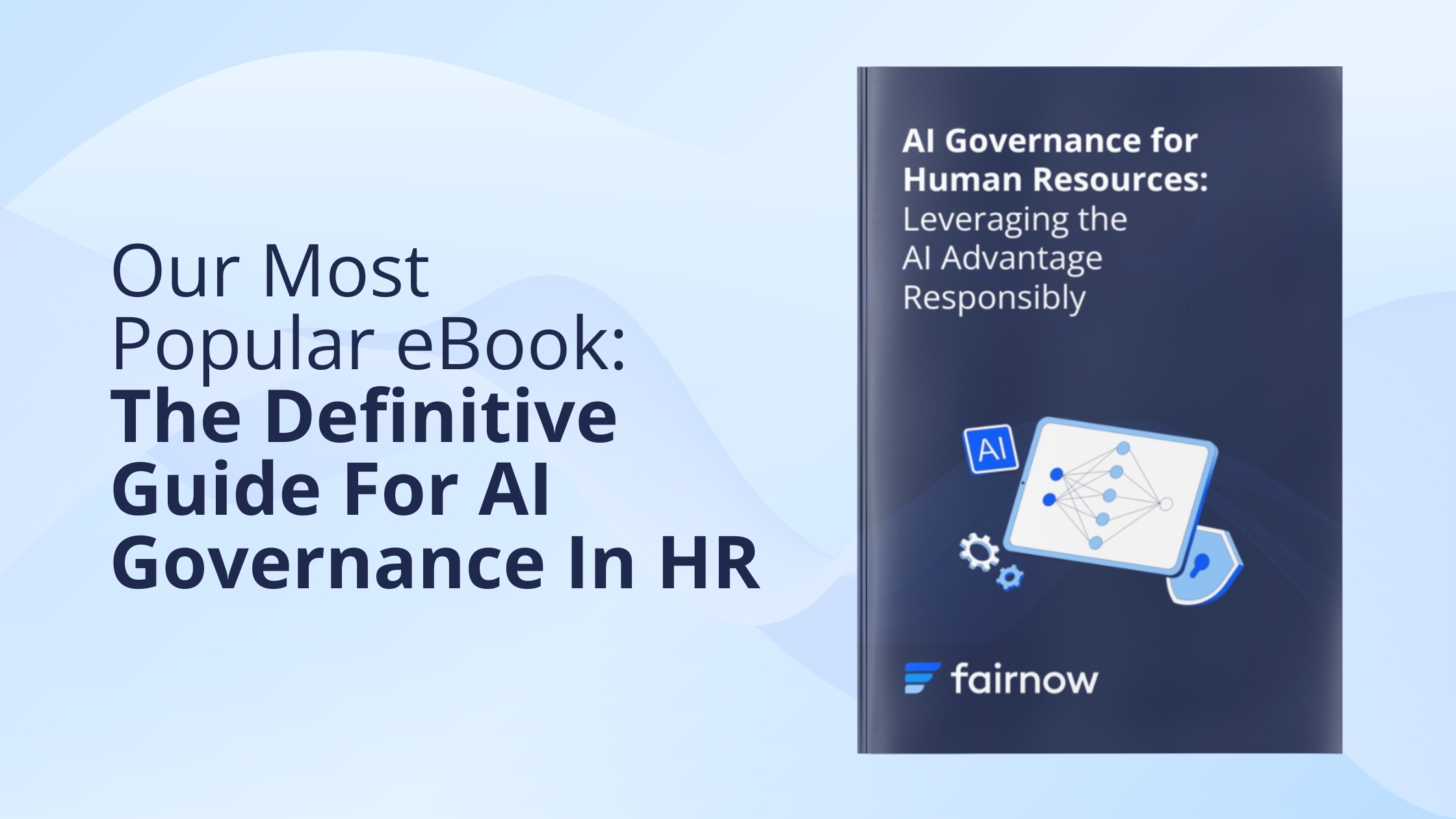The conversation around artificial intelligence governance is picking up. Many organizations see governance as a necessary pain, but for some, it can be a competitive advantage. In regulated industries, organizations that build trust in their AI will win.
Why AI Governance Is Essential
With technology, the greater the potential, the more crucial governance becomes—and AI is no exception. To grasp the importance of governance, I like to use the analogy of early automobiles. Early cars were seen as a mere novelty due to unreliability and risks. Over time, regulations (e.g., speed limits, traffic police and driver’s licenses) and technological advancements increased adoption. More recently, the internet and data technology have led to governance around data privacy and security.
The same evolution is happening with AI. Although AI has enormous potential, trust is still a barrier to widespread adoption. HR, financial services and healthcare are especially risky use cases for AI, given its impact on people’s lives. AI governance helps build trust by making systems fair, transparent and compliant with ethical and legal standards.
8 Steps To Implementing Artificial Intelligence Governance
AI governance refers to the policies, processes and controls that ensure AI systems are developed and deployed ethically, transparently and with accountability. But AI governance isn’t just about minimizing risks. When done right, it provides visibility into how AI systems make decisions and helps align AI use with broader business objectives and ethical principles.
A comprehensive AI governance framework includes several key components. Here’s a simplified, scalable approach to implementing AI governance:
Inventory existing models.
Register all AI applications within your organization. This includes collecting metadata about inputs such as data and models, as well as how and where the outputs will be used. A centralized inventory helps maintain visibility and ensures proper oversight.
Conduct risk assessments.
Conduct regular risk assessments on each AI application to assess your level of appropriate governance.
Assign roles and accountability.
Humans-in-the-loop are an important part of good AI governance. Develop an accountability framework that assigns clear roles and responsibilities across various stakeholders, including data scientists, technology staff, legal/risk/compliance teams and so on.
Test and monitor.
Regularly test and monitor AI models on a variety of dimensions, including bias, explainability, performance and reliability.
Track regulatory compliance.
Use tools that monitor AI regulatory changes (like the evolving EU AI Act) to stay compliant. Compliance is an ongoing task, not a one-time effort.
Maintain documentation.
Documentation plays a critical role in effective AI governance. It should include governance policies, AI model cards, and regular compliance and testing reports. Together with transparency, strong documentation improves internal oversight, builds external trust, and prepares your organization for audits.
Manage vendor risks.
Most organizations will rely on third-party AI systems but own the risk of deploying those technologies. Organizations need to ensure that their third-party AI systems live up to their governance standards.
Train your workforce.
Cultivate a culture of AI literacy. Ensure that everyone—from data scientists to HR professionals—understands their role in AI governance and the ethics and best practices of responsible AI.
How Does AI Governance Compare To Other Governance Initiatives?
Governance frameworks aren’t new to businesses. Companies have long implemented cybersecurity frameworks (e.g., SOC 2), data privacy regulations (e.g., GDPR), model risk management practices (e.g., SR-11) and safety-specific governance practices (e.g., conformity assessments).
All of these frameworks share some overlap and connections with AI governance: mitigating risk and ensuring compliance and human accountability. Good AI governance broadly borrows from these frameworks.
At the same time, AI governance has some unique challenges, such as bias, lack of explainability and hallucinations. Additionally, some AI technologies aren’t yet reliable, and therefore, organizations should be quite careful before deploying them in fields such as employment, financial services and healthcare. Safety and ethics in the AI domain will require new and innovative thinking, given the unique nature of how AI technology works and how it can be used or misused.
Turning Artificial Intelligence Governance Into A Competitive Advantage
Many organizations see governance purely as a cost center—a necessary but burdensome requirement. But as the capabilities of AI grow, building trust in it can be a strategic advantage, particularly in industries where AI is used for sensitive decision making (think finance, healthcare and HR). Here’s just a couple of reasons why:
- It drives innovation. I’ve been in the AI space for several decades and have seen how smart governance can speed up innovation. Although that may seem counter-intuitive, good governance significantly decreases the likelihood of a major risk event and speeds up buy-in and adoption from stakeholders by reducing the fear of regulatory penalties or reputational damage. Governance doesn’t just keep AI on track—it fuels responsible growth.
- It attracts clients, talent and partnerships. Companies that prioritize AI ethics and governance are more likely to attract top talent and forge strong partnerships. People want to work for and with organizations that are committed to responsible AI use.
Final Thoughts
In tightly regulated and competitive markets, organizations that differentiate on governance to build trust can gain a significant advantage. I have seen this occur numerous times in industries such as financial services and HR technology. Companies that prioritize governance today will be the ones to lead tomorrow’s AI-driven world.
NOTE: Originally Posted on November 4, 2024 in Forbes
Keep Learning





